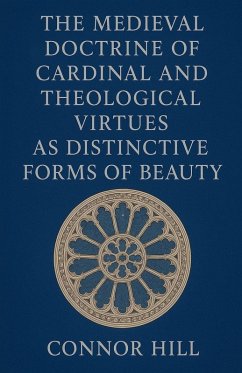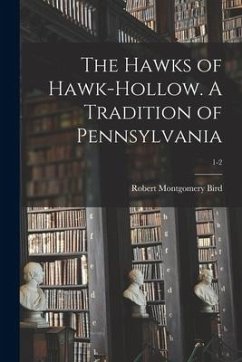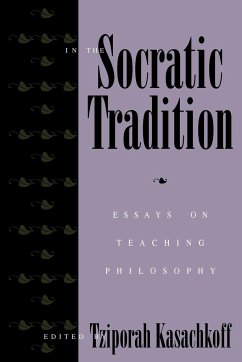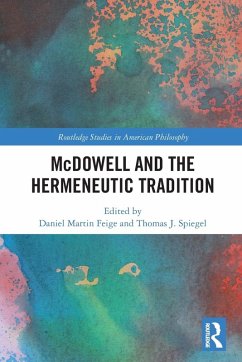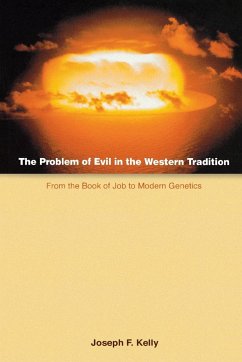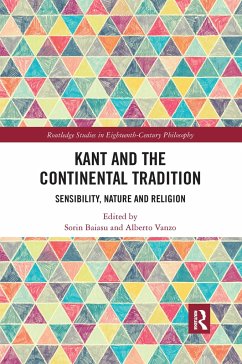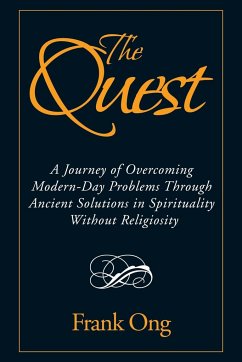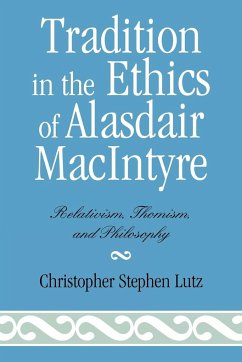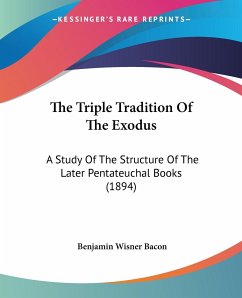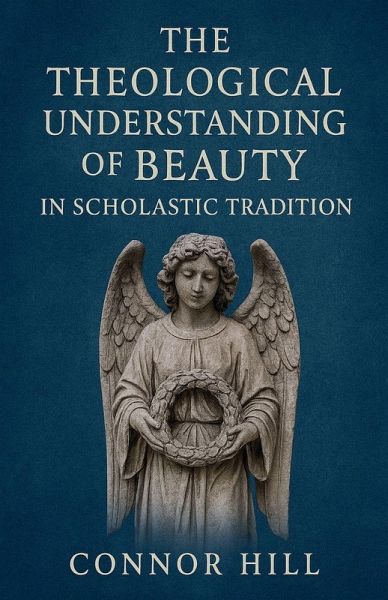
The Theological Understanding of Beauty in Scholastic Tradition
Versandkostenfrei!
Versandfertig in 1-2 Wochen
17,99 €
inkl. MwSt.

PAYBACK Punkte
9 °P sammeln!
In this groundbreaking exploration of medieval aesthetics, "The Theological Understanding of Beauty in Scholastic Tradition" reveals how the greatest minds of the Middle Ages developed a profound and sophisticated understanding of beauty that continues to resonate in our contemporary world. From the soaring spires of Gothic cathedrals to the intricate illuminations of medieval manuscripts, from the mathematical harmonies of Gregorian chant to the mystical visions of Hildegard of Bingen, the medieval world was saturated with a conception of beauty that transcended mere decoration. For scholasti...
In this groundbreaking exploration of medieval aesthetics, "The Theological Understanding of Beauty in Scholastic Tradition" reveals how the greatest minds of the Middle Ages developed a profound and sophisticated understanding of beauty that continues to resonate in our contemporary world. From the soaring spires of Gothic cathedrals to the intricate illuminations of medieval manuscripts, from the mathematical harmonies of Gregorian chant to the mystical visions of Hildegard of Bingen, the medieval world was saturated with a conception of beauty that transcended mere decoration. For scholastic thinkers like Thomas Aquinas and Bonaventure, beauty was nothing less than a pathway to the divine-a transcendental property of being itself that could elevate the human spirit toward ultimate truth. Drawing on extensive original sources and cutting-edge scholarship, this book takes readers on a captivating journey through the intellectual landscape of medieval Christianity. We witness how Anselm's rational theology established beauty as an attribute of God worthy of contemplation; how Hugh of St. Victor developed a symbolic understanding of beauty that transformed material objects into spiritual signposts; how Aquinas systematized beauty as "that which pleases when seen"-a harmony of integrity, proportion, and clarity that reflects divine perfection. But this isn't merely a historical study. The book demonstrates how scholastic conceptions of beauty offer a powerful alternative to both the relativism that dominates contemporary aesthetic discourse and the commercialization that trivializes beauty in modern life. As our digital culture fragments experience into disconnected moments of sensory stimulation, the integrated vision of medieval thinkers-who saw beauty as inseparable from truth and goodness-provides a compelling countercultural perspective. Whether you're a theologian seeking deeper insights into Christian aesthetics, a philosopher interested in alternative approaches to beauty, an artist looking for richer conceptual foundations, or simply someone who has stood in awe before a medieval cathedral wondering what inspired such magnificent creations, this book offers revelatory insights into one of Western civilization's most profound intellectual achievements. In an age hungry for meaning and transcendence, the scholastic understanding of beauty speaks with surprising relevance and power-inviting us to see the world not as a collection of commodities but as a radiant manifestation of divine splendor waiting to be recognized, contemplated, and loved.



